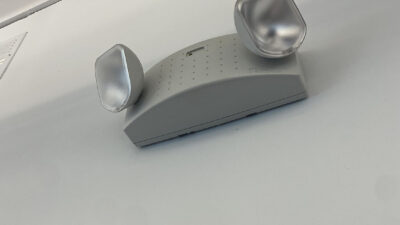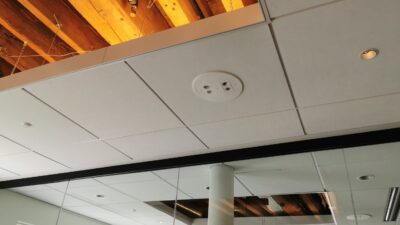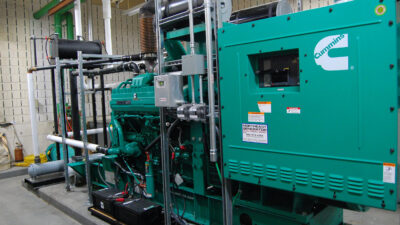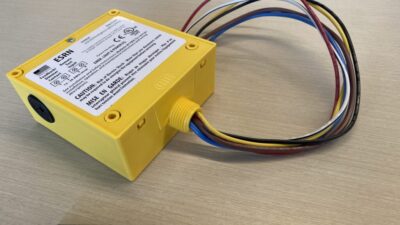A type of 3-D solar cell that captures nearly all of the light that strikes it could boost the efficiency of photovoltaic (PV) systems while reducing their size, weight and mechanical complexity. The new 3-D solar cells capture photons from sunlight using an array of miniature “tower” structures that resemble high-rise buildings in a city street grid.
A type of 3-D solar cell that captures nearly all of the light that strikes it could boost the efficiency of photovoltaic (PV) systems while reducing their size, weight and mechanical complexity.
The new 3-D solar cells capture photons from sunlight using an array of miniature “tower” structures that resemble high-rise buildings in a city street grid. The cells could find near-term applications for powering spacecraft, and by enabling efficiency improvements in photovoltaic coating materials, could also change the way solar cells are designed for a broad range of applications.
“Our goal is to harvest every last photon that is available to our cells,” said Jud Ready, a senior research engineer in the Electro-Optical Systems Laboratory at the Georgia Tech Research Institute (GTRI). “By capturing more of the light in our 3-D structures, we can use much smaller photovoltaic arrays. On a satellite or other spacecraft, that would mean less weight and less space taken up with the PV system.”
The GTRI photovoltaic cells trap light between their tower structures, which are about 100 microns tall, 40 microns by 40 microns square, 10 microns apart—and built from arrays containing millions of vertically-aligned carbon nanotubes. Conventional flat solar cells reflect a significant portion of the light that strikes them, reducing the amount of energy they absorb.
Because the tower structures can trap and absorb light received from many different angles, the new cells remain efficient even when the sun is not directly overhead.
“The efficiency of our cells increases as the sunlight goes away from perpendicular, so we may not need mechanical arrays to rotate our cells,” Ready noted.
Intellectual Property Partners of Atlanta holds the rights to the 3-D solar cell design and is seeking partners to commercialize the technology.
Another commercialization path is being followed by an Ohio company, NewCyte, which is partnering with GTRI to use the 3-D approach for terrestrial solar cells. The Air Force Office of Scientific Research has awarded the company a Small Business Technology Transfer (STTR) grant to develop the technology.



